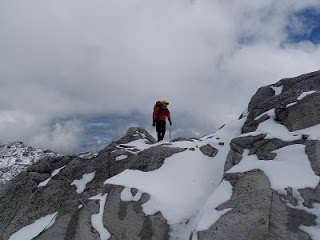The InfoSAR project

Being a software engineer in real life, I deal with numbers and statistics a lot. For instance, when I write a program I often need to know how much memory it is using, and how fast it does it’s work. These are metrics. Then later, when I change the software I can compare the metrics before and after the change to see if I made an improvement. I can also use the metrics to see if there is a problem, how bad it is, and what I can do to fix it.
So it’s natural for me to think of SAR, the other thing I spend a lot of time doing, the same way. I wonder, how many searches are there a year. What modes of travel do they use? Hiking, skiing, snowshoeing? What were the circumstances of the rescue; was is a medical event, a lost person, an injured person? How many deceased versus alive versus not found? Are there patterns to incidents? Could a public information campaign be used to save even one life?
Having participated in a large number of searches in BC I have some insight into the matter. However, insight is not enough; a scientist needs evidence. For instance, I know that North Shore Rescue does a lot of medical and rescue work, and a lot of winter searches because of the the three ski hills. Squamish SAR does a lot of rescues on the Chief, both climbers and hikers, as well as quite a bit of swift water rescue. Surrey SAR do a lot of Dementia patients, and Campbell River SAR does a lot of mushroom pickers. But I need to know the numbers; how many of each sort of search does each team really do? What kind of searches do people do in the rest of the province?
So, to that end, I’ve launched a project to investigate the scope and shape of SAR in BC.
Using publicly available data, Freedom of Information requests, and working my contacts within the SAR community, I’m putting together a data set of all of the SAR incidents in British Columbia since 1999. My primary goal is to use the data to answer some questions I have about SAR in BC, and to publish any of my findings. In addition, I intend on publishing this data in a format that others can use for investigation.
Ultimately, I hope that any insights into how SAR works in BC will be useful, perhaps to individual teams or to PEP for planning for future incidents.
The first stage of the project is well under way; the laborious process of taking the data from various formats (PDF, HTML, Text) and importing it into a spreadsheet, cleaning and verifying the correctness of the data, and cross referencing it. I should be able to do some preliminary descriptive statistics.

0 Comments on “The InfoSAR project”